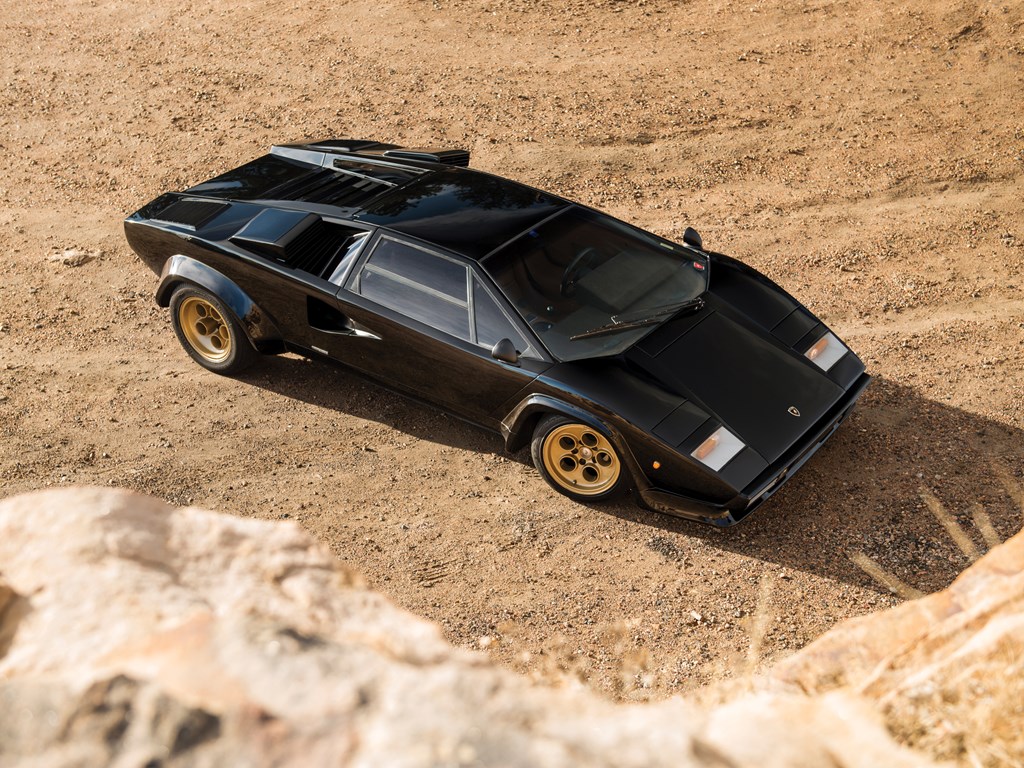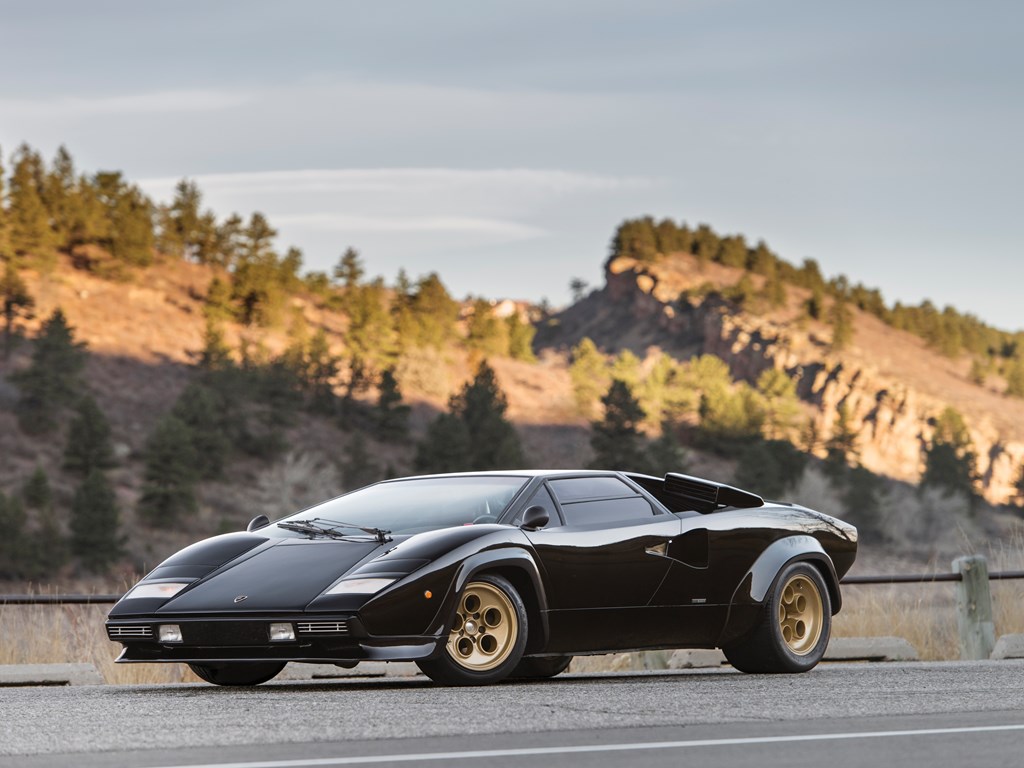Lamborghini Countach: The greatest car of the 1970s
As Classic Car Appreciation Day (July 13) approaches, we’ll be counting down each day with the greatest vehicle of each decade, from the earliest days of the automobile to the present. It’s by no means a final, definitive, for-all-time list, so please weigh in—respectfully—in the Forums with your comments, endorsements, and disagreements. Today: the 1970s.
The Lamborghini Countach is hard to drive, impossible to park, the windows don’t open all the way, the interior is poorly ventilated and just changing gears is a feat of human strength. Build quality is about what you’d expect from a small Italian carmaker in the ’70s, and Lamborghini went bankrupt just a few years into production. None of that really matters, though, does it?
The Countach is the very embodiment of a supercar, the ultimate consecration to the gods of automotive excess, and that’s what makes it great. In those dark days when a Z/28 Camaro made less than 200 horsepower, the Countach was pumping out nearly twice that, riding on cartoonishly wide rear tires and slicing through the air with its razor-sharp bodywork, which isn’t actually all that aerodynamic but certainly looked like it is. And it was very much unlike anything ever seen on the road before.
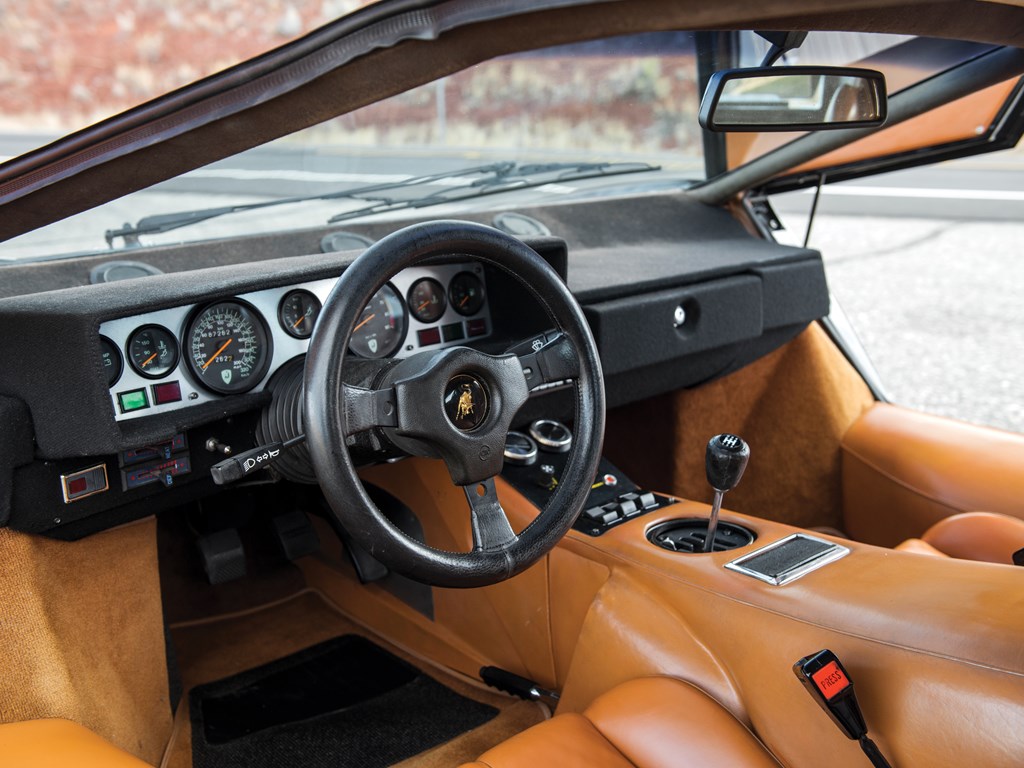
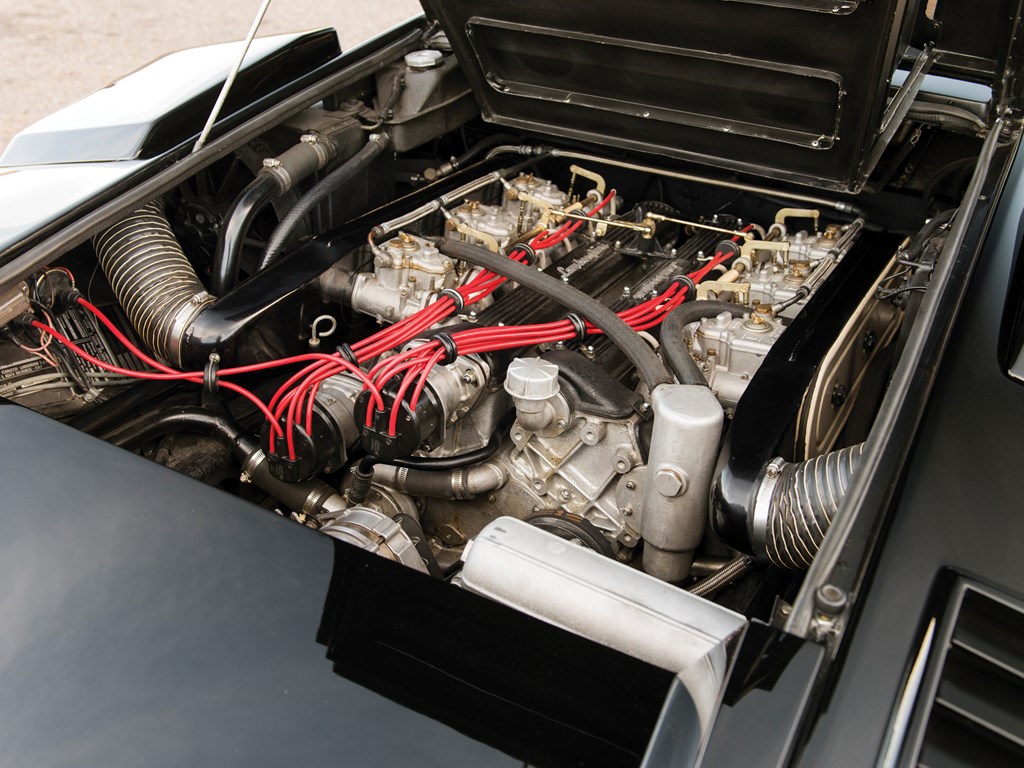
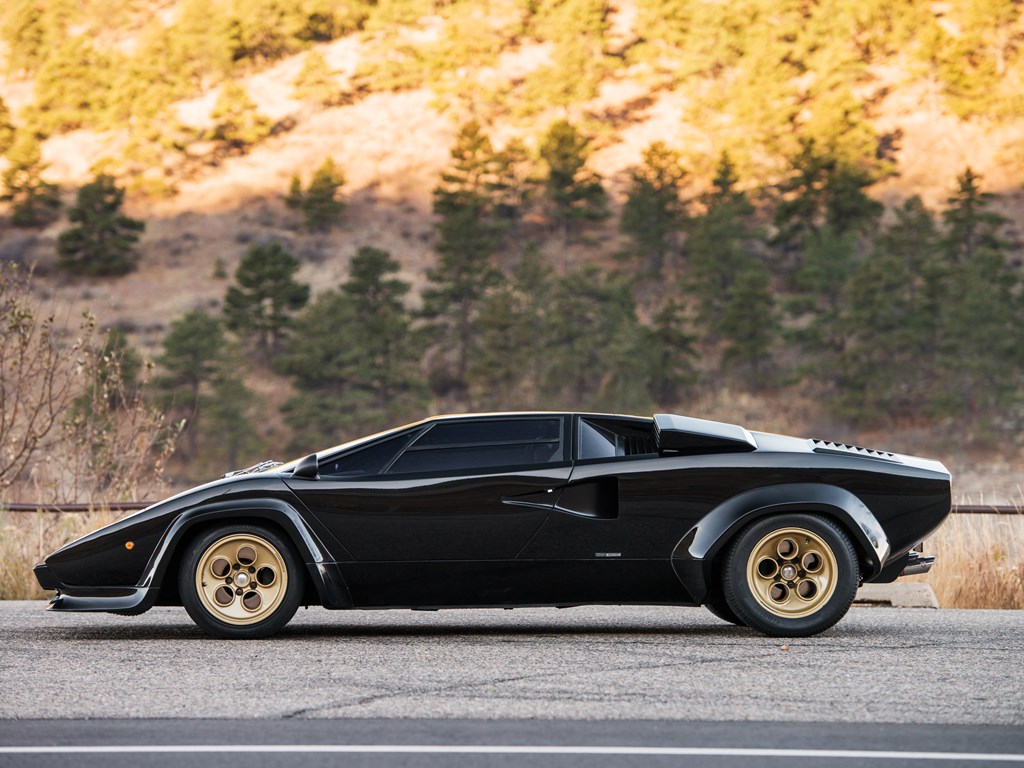
We mostly think of the Countach as a car of the 1980s. After all, the later wing-clad model is literally the poster car for poster cars. That said, the story of the Countach spans most of the 1970s, as well, and the sheer originality of Marcello Gandini’s shape for the car had a huge impact in that decade. The prototype was the showstopper at Geneva in 1971, and although it took until 1974 for a production version, the prototype’s basic shape remained mostly unchanged. The V-12 engine was a further development of the Bizzarrini-designed powerplant that dated back to the first half of the ’60s, and in the Countach horsepower ranged from 375 to more than 450 by the end of production.
The bodywork was aluminum laid over a tubular space frame, so although it looked like a spaceship, the Countach was built like a racing car. It went like a racing car, too. Not much else on four wheels could touch it in terms of performance with a top speed of 180 mph and 0–60 in well under five seconds, so its bite matched its bark. The world had a new car to dream about, and— for most people—the huge asking price kept it in their dreams only.
Whereas the Miura was the first truly great Lambo, the Countach made Lamborghini itself great. It made the company what it is, made it a household name, and influenced the look of subsequent Lamborghini models up to the present day. After the Countach, Lamborghini was a company that didn’t just build cars that are fast and attractive. It became a company that built cars that are outrageous, cars that are a laugh just to look at, and cars that are as tailor-made for the bedroom wall as they are for the wealthy playboy’s driveway.
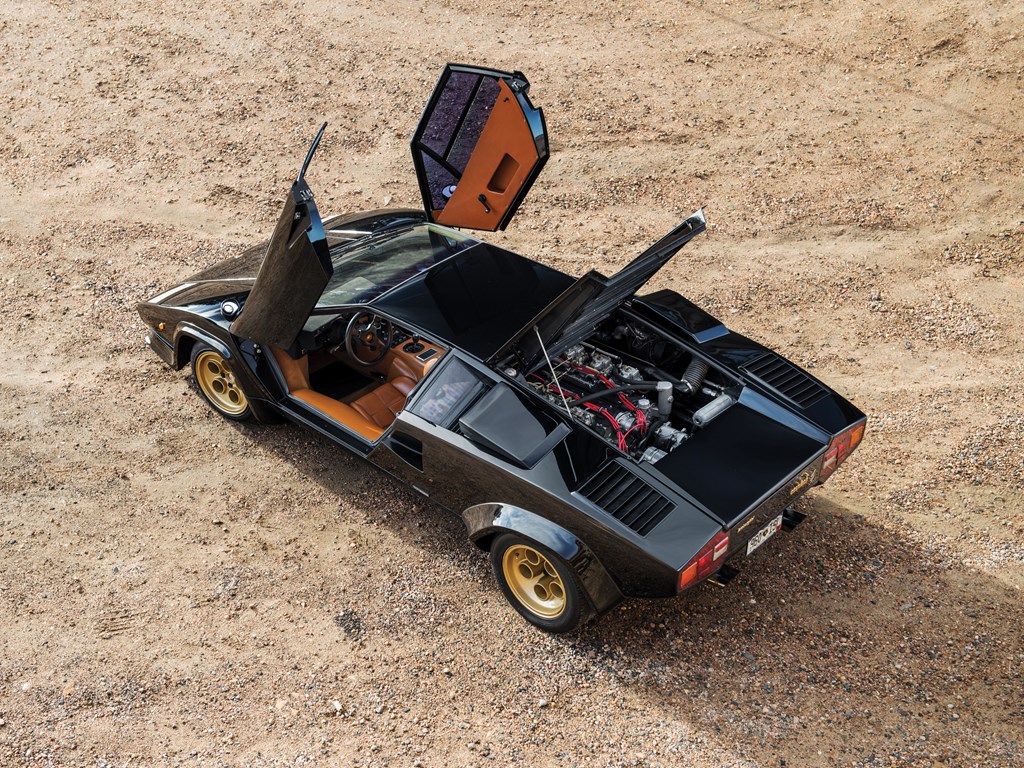
But as pivotal as the Countach was for Lamborghini, it was a big deal for the wider automotive world too. While nothing ever quite looked like the Countach, it nevertheless helped popularize the wedge shape that would be ubiquitous among mid-engine cars for years to come. And while it wasn’t truly the first supercar, it was also the benchmark for other supercars and one of the brightest spots in an otherwise fairly dark decade for the automobile.
Honorable mentions
The Datsun 240Z showed the world you could have a reasonably priced two-seater sports car that actually started every morning
The Plymouth Hemi Cuda convertible is king of the hill when it comes to collectible classic muscle cars
The Mk I Volkswagen Golf GTI so perfectly wrapped up everything (including fun and performance) into one package and spawned its own automotive genre—the hot hatch.

